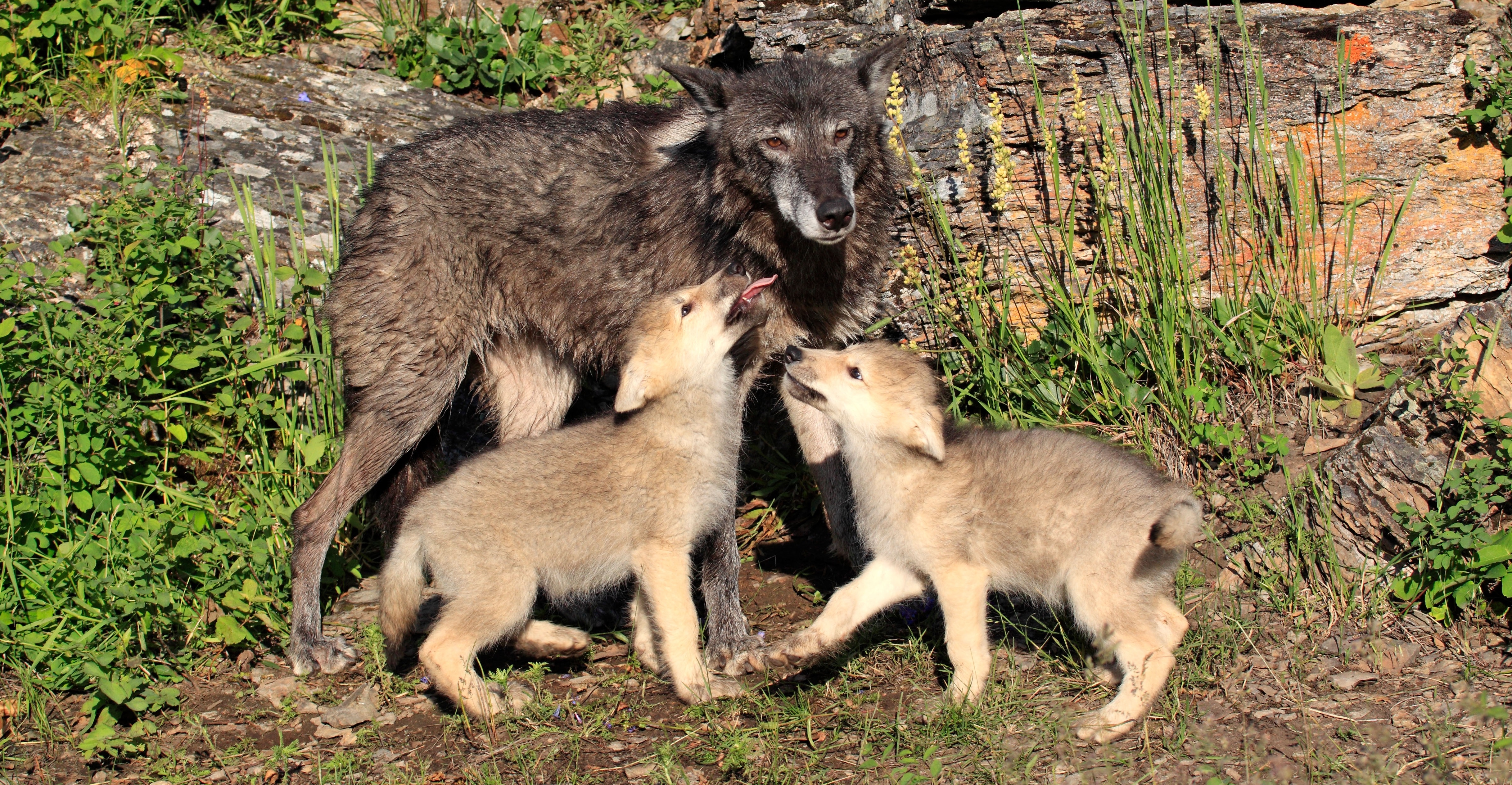We have much more to do and your continued support is needed now more than ever.
1.1 Million Acres Adopted for Wildlife, What’s Next?

Over the past fifteen years, the National Wildlife Federation has worked to eliminate conflict between wildlife and livestock on public lands- primarily those located within the Greater Yellowstone Ecosystem, including Montana, Idaho and Wyoming. We do this by cooperating with public land managers and conservation partners to identify and retire grazing allotments that experience chronic conflict with wildlife—a wholly voluntary market-based transaction with willing ranchers.
To date, through our Adopt a Wildlife Acre program, we’ve protected over 1.1 million acres of habitat on public lands for bison, bighorn sheep, wolves, grizzly bears, elk and native fisheries. These grazing retirements have helped wolf and grizzly bear populations to recover across the northern Rockies and bighorn sheep and bison to roam freely without livestock conflict.
Watch the video below about an incredibly important area just protected in the Salmon-Challis National Forest, home to the largest herd of bighorn sheep in Idaho.
While we have plenty of important work remaining in the Yellowstone ecosystem, we believe it is more important than ever to expand the program to other areas of the west where wildlife and traditional livestock grazing continue to be at odds.
Adopting Acres for Wildlife in Colorado and Nevada
The official state animal of Colorado, the iconic bighorn has dwindled to less than 8,000 and is under continuous threat of disease. Separation between wild bighorns and their domestic counterparts is the key to security and to their success.
We recently completed a Colorado bighorn sheep assessment that confirms bighorn populations face a high risk of disease: our research documented over 90 federal domestic sheep grazing allotments that overlap with occupied bighorn sheep habitat. We are confident that targeted negotiations with local sheep producers will support substantial recovery and protection of Colorado’s bighorn population over the next decade.
Our vision is to restore bighorn populations in Colorado over the next 10 years by eliminating major risk areas on public lands.
In Nevada, bighorn populations have faced a tumultuous past and with over 80% of the state in public land. We see tremendous opportunity to expand our efforts to not only secure Rocky Mountain bighorn sheep populations, but California bighorn and desert bighorn populations as well. Drought, invasive weeds, fire and expanding domestic livestock operations have put wild sheep populations in a precarious balance. By targeting specific conflict areas, our proven approach will can give Nevada bighorns a fighting chance.
In a time when wildlife is facing increased threats of development, disease and habitat loss, it’s more important than ever to expand our work and increase our efforts. We thank you for your continued support of the National Wildlife Federation’s Adopt a Wildlife Acre program.
Please Adopt a Wildlife Acre TODAY.





















